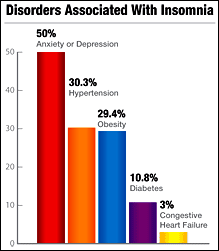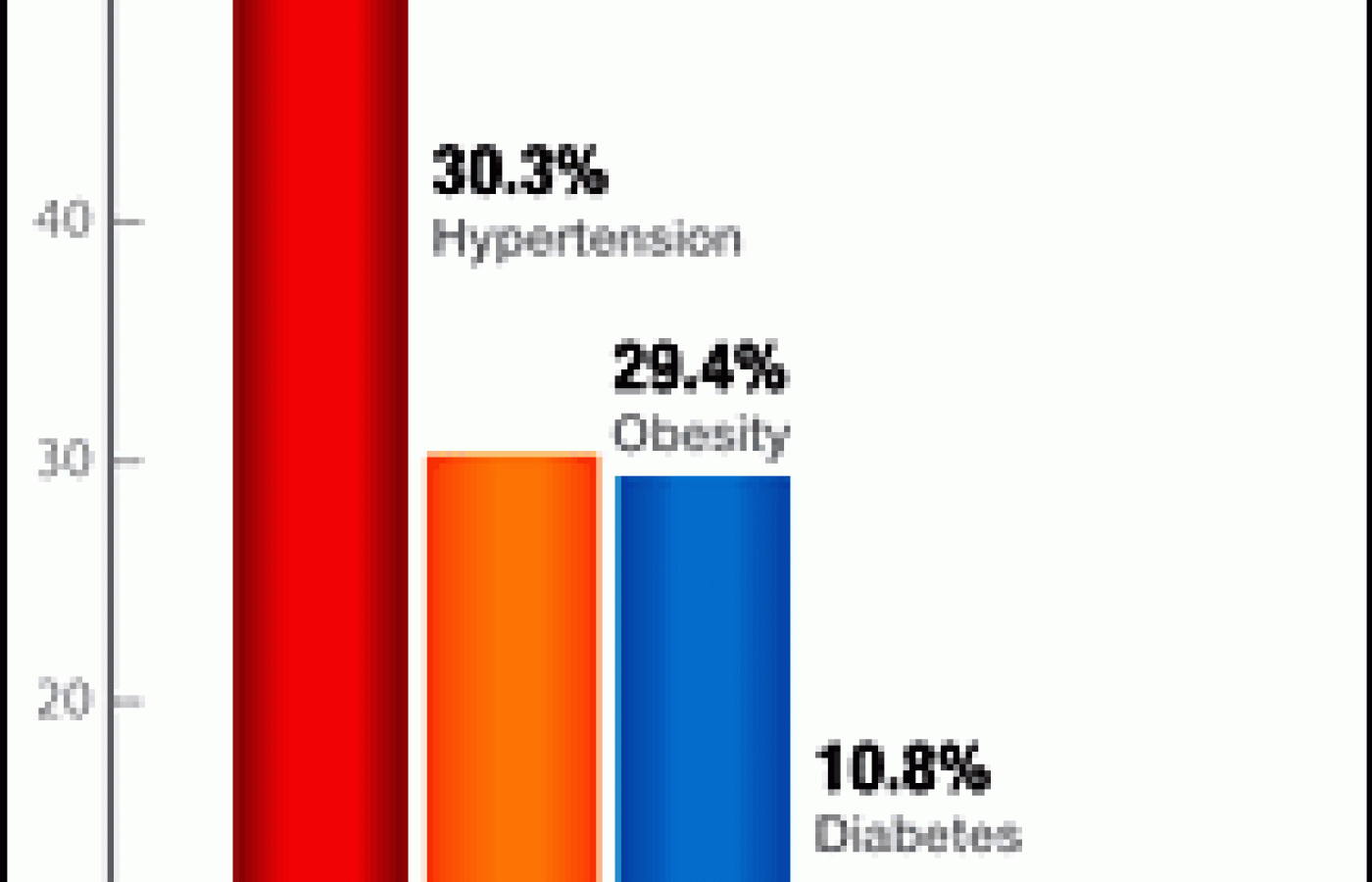Whether you accept it, avoid it or live somewhere in between, insurance coverage has become a defining issue for our profession. Patients increasingly expect to use their benefits, practitioners want to be compensated fairly for their time and expertise, and the system itself remains – at best – fragmented. The encouraging news is that coverage has expanded in meaningful ways. The challenging news is that reimbursement, across the board, remains inadequate.
Sleepless in America
An increasing number of Americans aren't sleeping, and they're tired of it! Insomnia is a complicated and all-too-common disorder affecting between 10 percent and 34 percent of the U.S. population,1 representing a virtual epidemic - and a colossal market in the eyes of drug companies. In 2005, drug-makers spent almost $300 million promising the public better rest and a fuller life, and America bought it: A record 43 million sleeping-pill prescriptions were filled in this country last year, resulting in more than $2 billion in sales.2

The television commercials have managed to reduce insomnia to a simple message: "Can't sleep? Take a pill. In fact, you deserve it." But this frustrating, even debilitating disorder is much more complex than the public is led to believe. What the commercials don't mention is that researchers have only recently come to ascribe some sort of definition to this puzzling disorder. Insomnia unassociated with another condition is defined as primary insomnia, while secondary insomnia is present concurrently with another identifiable illness - although it isn't known whether secondary insomnia and the concurrent illness have a cause-and-effect relationship or if they exist independently.1 Acute insomnia generally is caused by emotional or physical discomfort (e.g., stress). And chronic insomnia can have multiple and varying causes, and often presents major challenges to treatment.3
All definitions aside, a growing number of patients are in need of effective treatment. Although the most common therapies in the treatment of insomnia are antidepressants, other prescription drugs and over-the-counter medications, a recent analysis of a 2002 National Health Interview Survey, polling more than 31,000 U.S. adults, revealed that among those who reported insomnia or trouble sleeping, 4.5 percent have tried alternative medicine or alternative therapies - including acupuncture - to treat their condition. While 4.5 percent may seem relatively insignificant, it extrapolates to approximately 1,615,699 adults in the United States.
Within the 2002 survey, the use of alternative therapies was defined as use in the past 12 months of any of the following modalities grouped into five broad categories developed by the National Council of Complementary and Alternative Medicine (NCCAM). Therapies were divided as follows:
| Alternative medical systems |
|
| Biologically based therapies |
|
| Manipulative and body-based therapies |
|
| Mind-body therapies |
|
| Energy medicine |
|
Participants were asked why they chose to use alternative therapies over drugs and other treatments. Sixty-seven percent responded that they thought such options would be interesting to try and 64 percent thought alternative, combined with conventional treatment, would be helpful in treating their insomnia. Respondents reported using treatments within four of the five above-listed categories; 8.5 percent reported using some form of alternative medical system to manage their condition, which sometimes included acupuncture. By comparison, 4.6 percent utilized manipulative and body-based therapies, 39.1 percent mind-body systems, and 64.8 percent biologically based systems.1,4
Statistical analysis of the survey results gave consideration to a variety of independent variables, including gender, age, race, level of education, body mass index and concurrent disease/condition (i.e., comorbidity). Results revealed some interesting trends and information4:
- Nearly 61 percent of those who reported trouble sleeping were women.
- Insomnia peaked in middle age (45 to 64 years of age) and a second increase appeared in people 85 years of age and older.
- African-Americans and Asians appear less likely to report trouble sleeping or insomnia than Caucasians.
- Younger respondents and those who had attained a higher level of education were more likely to use alternative therapies to treat insomnia or trouble sleeping.
"These data offer some new insights regarding ... the types of [alternative therapies] people use to treat these conditions," said Dr. Margaret A. Chesney, acting director of the NCCAM. "They will help us develop new research questions regarding the safety and efficacy of the [alternative] therapies used."4
As mentioned, insomnia often occurs in conjunction with other illnesses or disorders, and it's not completely clear whether this implies a cause-and-effect relationship between trouble sleeping and comorbidities, or if the conditions exist independently of each other. Thus, along with estimating the prevalence of insomnia in America and the popularity of alternative treatments for trouble sleeping, an additional goal of the study was to determine the frequency of insomnia's association with five common comorbid conditions1: hypertension, congestive heart failure (CHF), diabetes, anxiety/depression and obesity.
Of the individuals who reported having insomnia or trouble sleeping, nearly 50 percent reported having anxiety or depression, just over 30.3 percent reported having hypertension, 29.4 percent were obese based on BMI (height and weight were self-reported), 10.8 percent had diabetes, and 3 percent reported having CHF.1 Among all 31,000 surveyed, statistical analysis revealed that the odds of reporting insomnia were significantly higher for individuals with hypertension, CHF, obesity or anxiety/depression, compared to individuals who did not report having these conditions.
According to the published analysis,1 "the statistical association does not reveal why insomnia or trouble sleeping is associated with these other health conditions, [however] this result is consistent with the hypothesis that these conditions and sleeping disorders such as insomnia might be connected in a complex way through common biological mechanisms, as has been proposed elsewhere, and supports ongoing research into the biological basis of these associations."
Although the information gained from the 2002 National Health Interview Survey has its limitations, the data do imply something positive about how Americans perceive the efficacy of alternative medicine and alternative therapies in general. As the popularity of alternative health rises among Americans, and as better information about the effectiveness of non-allopathic modalities spreads, perhaps more Americans will be turning to acupuncturists to help them sleep easier.
References
- Pearson N J, Johnson LL, Nahin R L. Analysis of the 2002 National Health Interview Survey data. Arch Intern Med 2006;166:1775-1782.
- Lazerus D. "Sleep." San Francisco Chronicle March 1, 2006; C-1.
- Xie, Jing-Tian MD. Treatment of insomnia: an alternative approach. Alternative Medicine Review 2000;5(3):249-59.
- "Over 1.6 Million Americans Use CAM for Insomnia or Trouble Sleeping." Healthy News Service. www.healthy.net.



